LagavulinSingle Malt Scotch Whisky
Part of the triumvirate of heavily-peated southern Islay malts, alongside Ardbeg and Laphroaig, Lagavulin distillery was officially founded in 1816 by John Johnston (although illicit distillation is said to have been carried out on the site since the mid-18th century) and is now owned by drinks giant Diageo – it has been the Islay representative of Diageo's Classic Malts selection since 1987.
Lagavulin is almost exclusively matured in ex-bourbon casks, meaning its robust, uncompromising smoke and salted-fish character comes storming out of the glass unhindered. It has converted untold numbers of people to whisky drinking and remains the firm favourite of countless malt fans worldwide. One of its most high-profile fans, albeit a fictional one, is Ron Swanson. This character from Parks and Recreation, played by Nick Offerman, loves Lagavulin so much that he not only visited the distillery, but also starred in a 45-minute promotional video for them.
Allocations of the standard 16 Year Old are never adequate to satisfy demand for the product, resulting in frequent shortages. Diageo solves this problem by also releasing a cask strength 12 Year Old almost every year, along with the vintage-dated Distillers Edition series, which has been finished in sweet Pedro Ximénez sherry casks and has won numerous awards in its own right.
To mark its 200th anniversary in 2016, Lagavulin released an eight-year-old whisky that is regularly awarded five stars by our customers. Alongside this affordable, tasty dram, the distillery also released a limited number of bottles of its 25 Year Old, which raised more than £500,000 for charity.
Perhaps the most memorable Lagavulin review comes from the late whisky writer Michael Jackson: ‘An Islay classic. In the peatiness typical of the island, this is the most powerfully, intensely, dry. It also has smoke, salt and seaweedy, medicinal notes, though those characteristics are more evident in some of its neighbours.’
Lagavulin production
Lagavulin is made in the south of Islay, at a distillery with breathtaking views over Lagavulin Bay. Its whiskies are made with water from the Solan Lochs, while the peat – so crucial to their distinctive flavour – comes from the extensive peat bogs in the west of the island.
There are four stills at Lagavulin, two of them pear-shaped in the style inherited from Malt Mill, which run for longer than any others on Islay. Lagavulin whiskies will be in the stills for more than five hours for the first distillation and more than nine hours for the second. This long distillation is said to contribute towards the whisky’s roundness and mellow edges.
Character and Style of Lagavulin
-
 Seaweed
Seaweed
-
 Tar
Tar
-
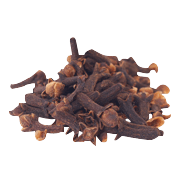 Clove
Clove
-
 Wet wool (wet dog)
Wet wool (wet dog)
-
 Lemon
Lemon
-
 Fruit Cake
Fruit Cake
The history: a bitter Islay rivalry
The histories of Lagavulin and Laphroaig are closely tied, with Laphroaig said to have been founded by the son of the founder of Lagavulin. They were both called Johnston, you see.
After Laphroaig's Donald Johnston (the aforementioned son of John Johnston) fell into a vat of boiling whisky in 1847, Lagavulin's Walter Graham leased Laphroaig and ran both distilleries until the young Dugald Johnston (Donald Johnston's son) was ready to take over Laphroaig. However, a generation or so later, around the end of the 19th Century, the two distilleries got into an unseemly and litigious scrap after Laphroaig tried to get out of an existing agency agreement to sell their whisky to Lagavulin for the latter's blends (which included White Horse, invented in 1890 by Lagavulin's then-owner Peter Mackie). This resulted in a string of court cases.
After the agency had finally run out in 1907, and with Laphroaig refusing to renew it, Lagavulin retaliated and blocked off Laphroaig's water supply, necessitating another return to court to sort out the rights. Laphroaig won this round, only for Lagavulin to pinch its distillery manager the following year and set about trying to create copies of Laphroaig's stills in a bid to make a spirit that would taste exactly the same. Fortunately, this attempt was not successful and today relations between the two great distilleries are rather more cordial.
Filter
Price Range
Bottling Status
Age
Vintage
Cask Type
Bottler
Series
Strength
Size
Single Cask
Limited Edition
Flavour Profile
Colouring
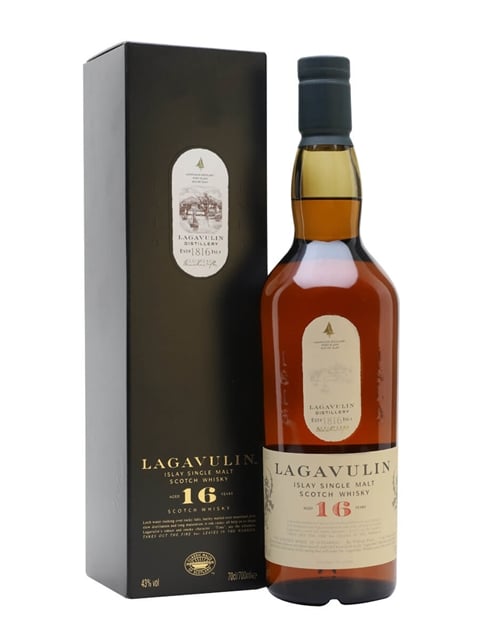
Lagavulin 16 Year Old
$86.89
($124.13 per litre)
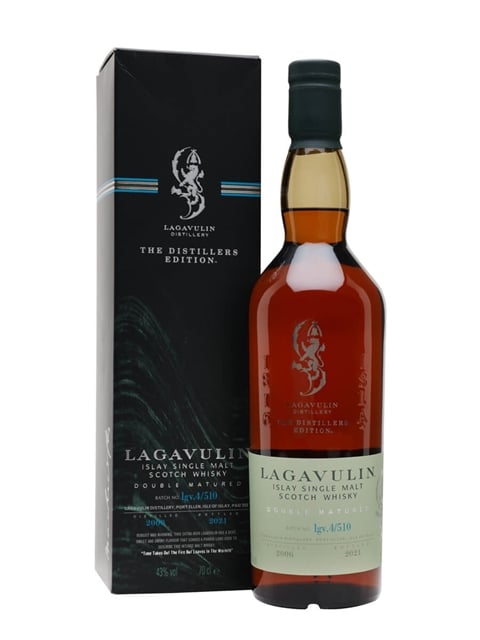
Lagavulin 2006 Distillers EditionBot.2021
$111.61
($159.44 per litre)
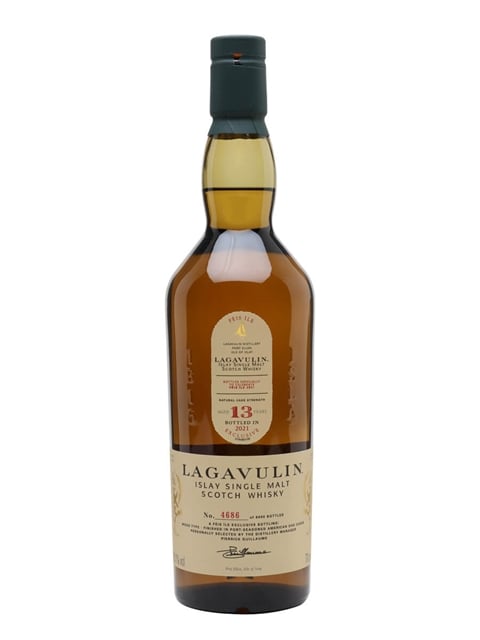
Lagavulin 13 Year OldFeis Ile 2021
$170.07
($242.95 per litre)
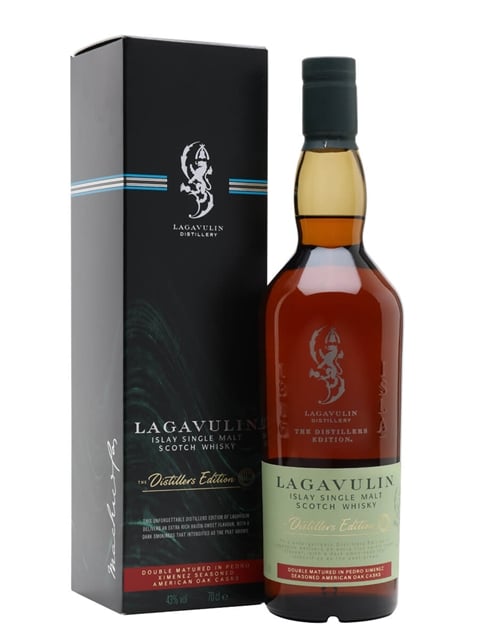
Lagavulin Distillers Edition2022 Release
$97.74
($139.62 per litre)

Lagavulin 9 Year OldGame of Thrones House Lannister
$84.98
($121.40 per litre)
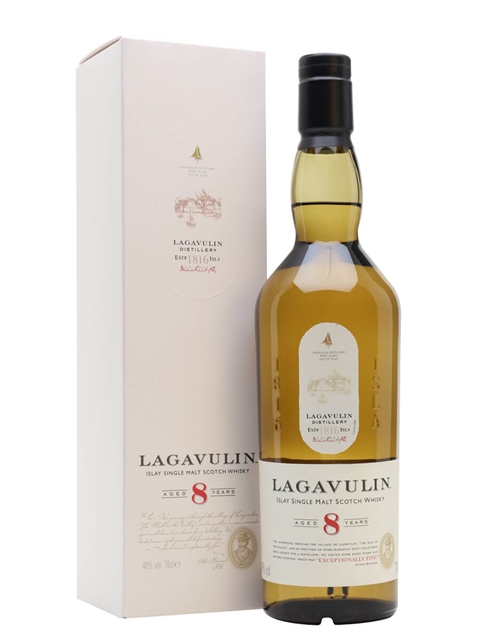
Lagavulin 8 Year Old
$63.72
($91.03 per litre)
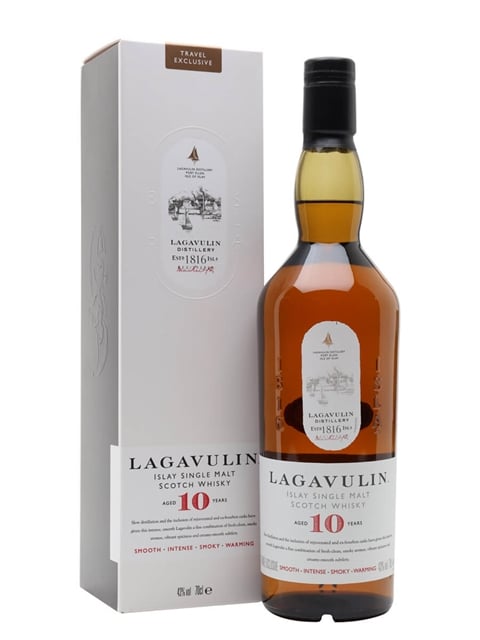
Lagavulin 10 Year Old
$84.98
($121.40 per litre)
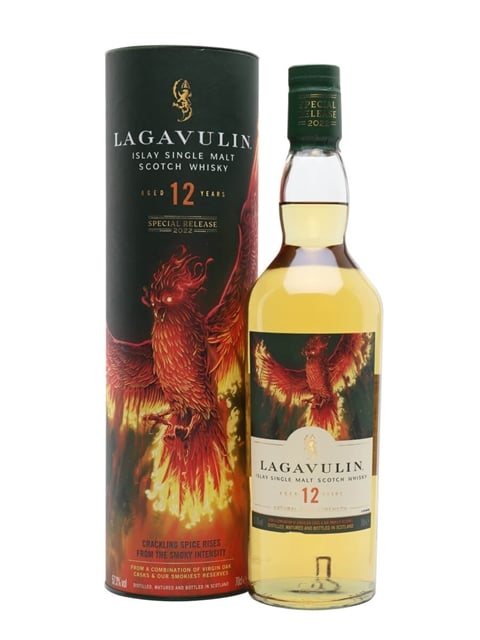
Lagavulin 12 Year OldSpecial Releases 2022
$143.49
($204.99 per litre)
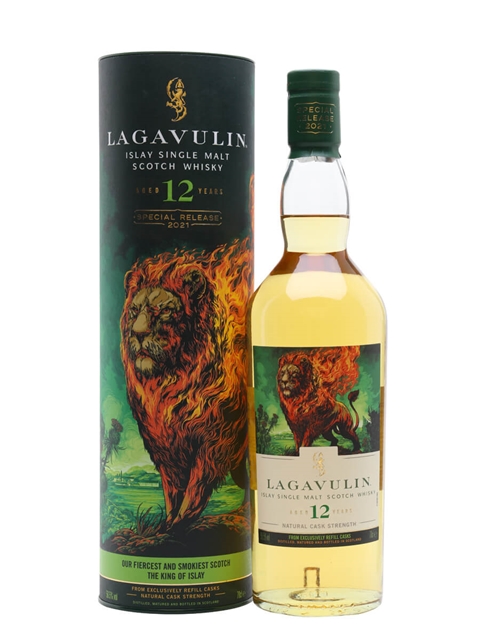
Lagavulin 200812 Year Old Special Releases 2021
$136.05
($194.36 per litre)
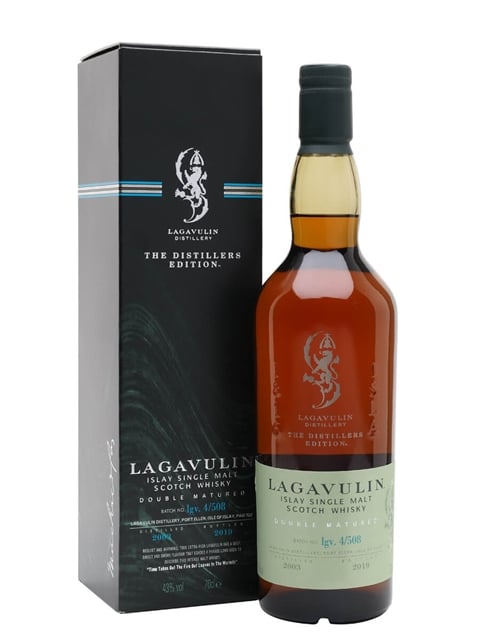
Lagavulin 2003 Distillers EditionBot.2019
$186.01
($265.73 per litre)
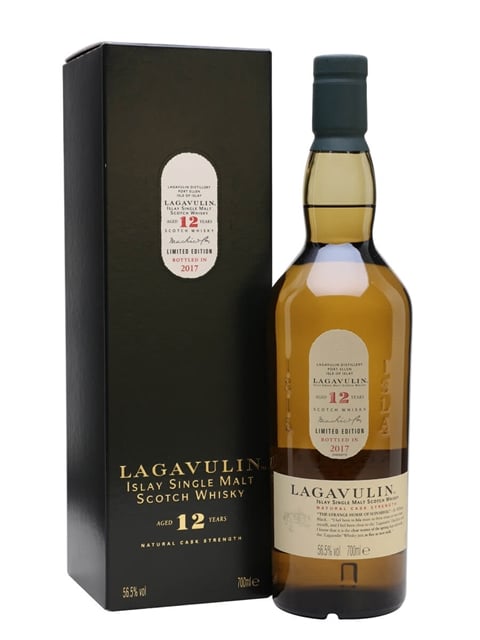
Lagavulin 12 Year OldSpecial Releases 2017 17th Release
$239.16
($341.65 per litre)
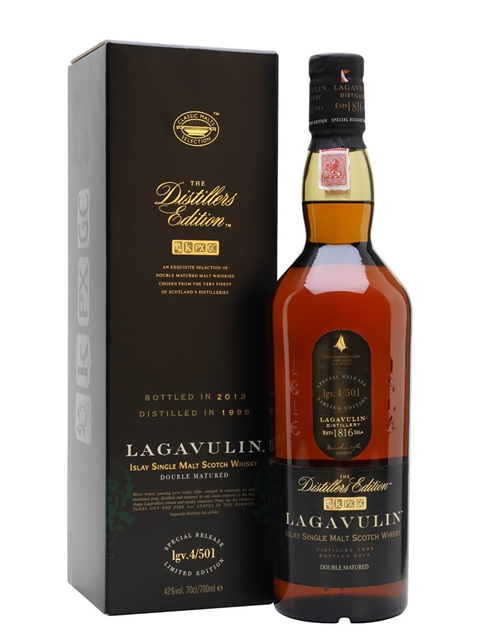
Lagavulin 1995 Distillers EditionBot.2013
$424.11
($605.87 per litre)
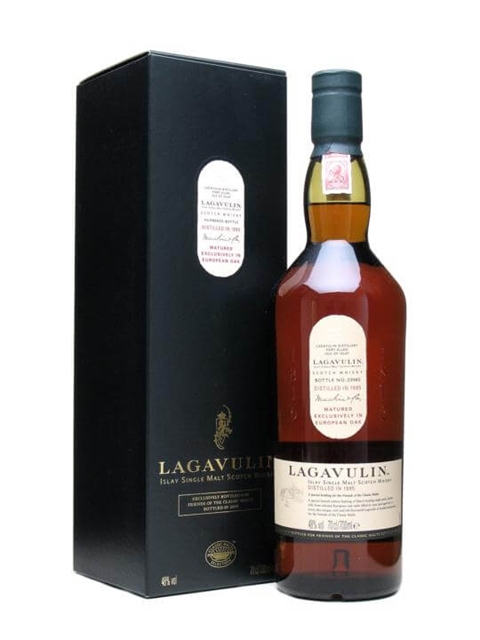
Lagavulin 199512 Year Old Sherry Cask
$531.46
($759.23 per litre)

Lagavulin 16 Year OldBot.1980s White Horse Litre
$903.49

Lagavulin Distillery ExclusiveBot.2018
$292.30
($417.58 per litre)
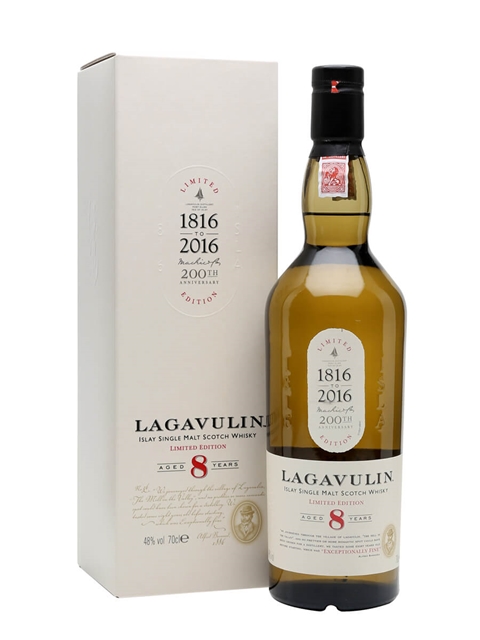
Lagavulin 8 Year Old200th Anniversary
$116.92
($167.03 per litre)
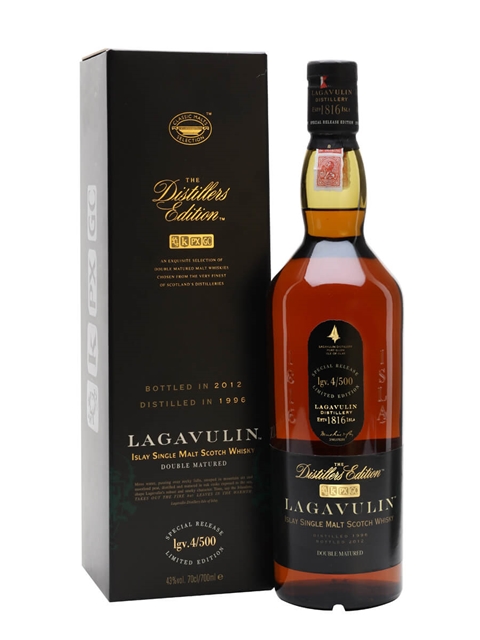
Lagavulin 1996 Distillers EditionBot.2012
$424.11
($605.87 per litre)
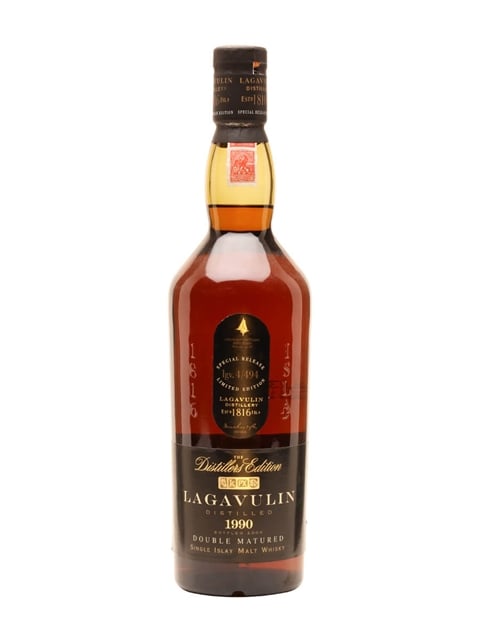
Lagavulin 1990Bot.2006 Distillers Edition
$797.19
($1,138.85 per litre)

Lagavulin 16 Year OldBot.1980s White Horse Litre
$903.49
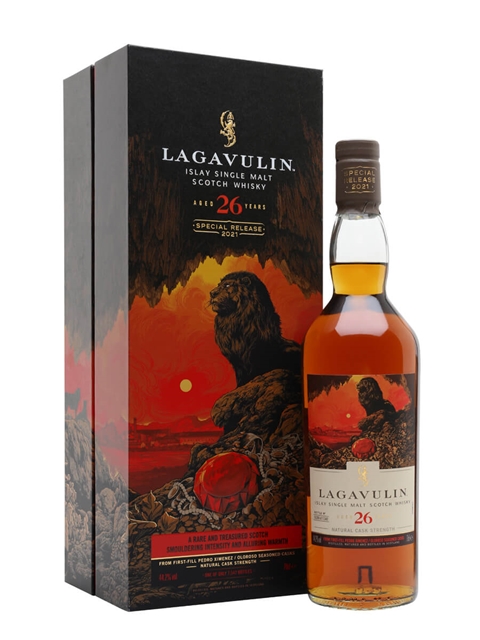
Lagavulin 199426 Year Old Sherry Cask Special Releases 2021
$1,860.12
($2,657.31 per litre)

Lagavulin 16 Year OldBot.1990s White Horse Litre
$903.49
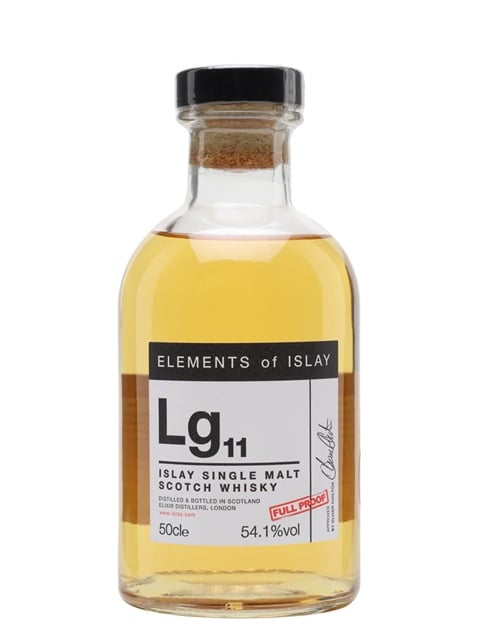
Lg11 - Elements of Islay
$211.52
($423.04 per litre)
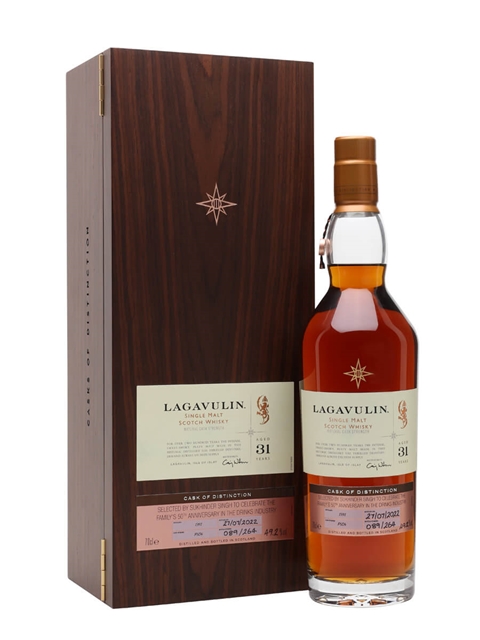
Lagavulin 199131 Year Old Sherry Cask Casks of Distinction
$4,464.29
($6,377.55 per litre)
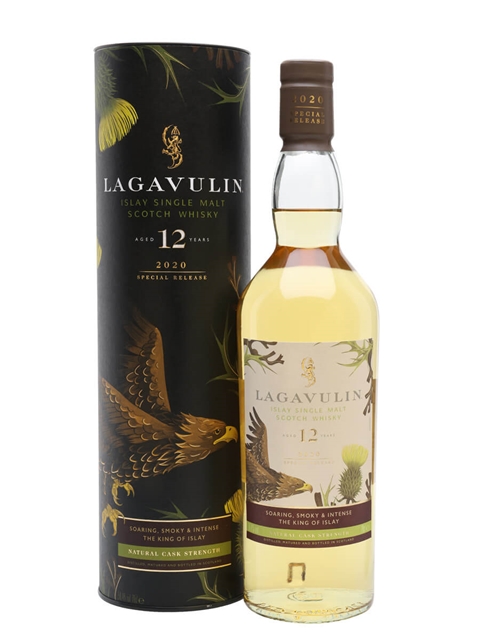
Lagavulin 200712 Year Old Special Releases 2020
$211.52
($302.17 per litre)

 Lagavulin
Lagavulin